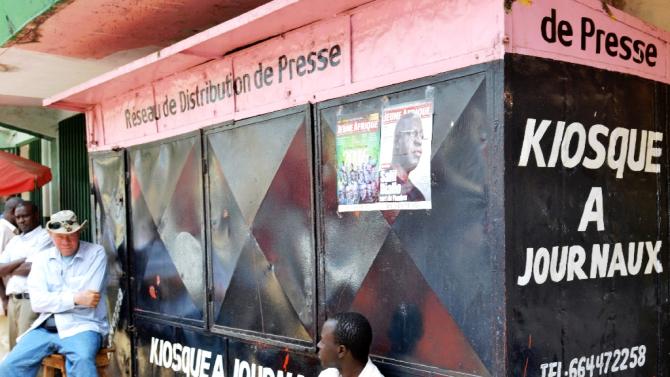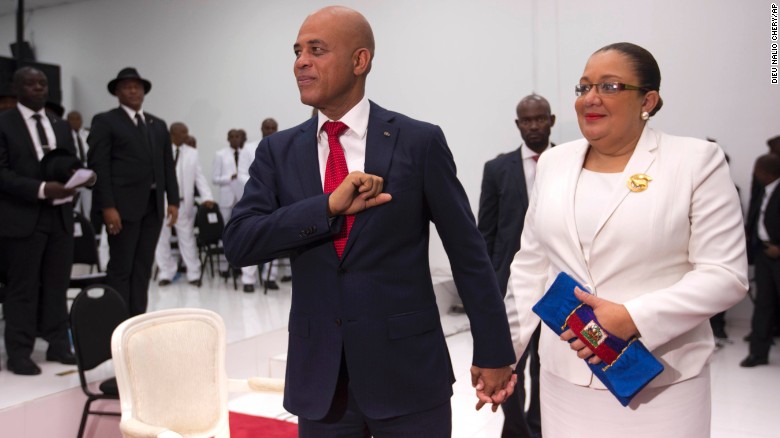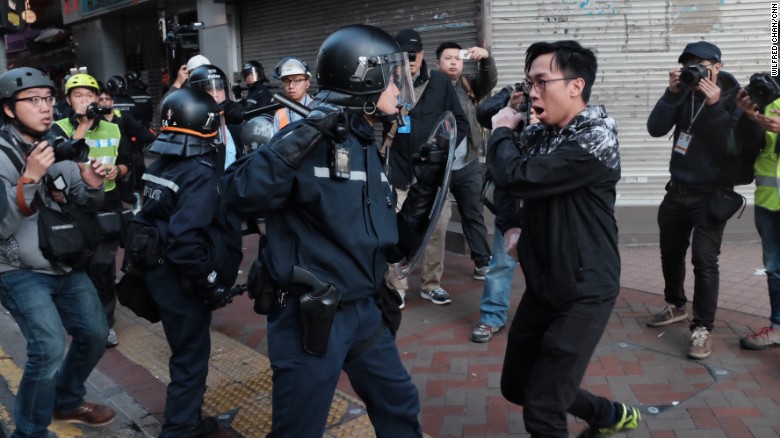By Tyler Campbell
Impunity Watch Reporter, Africa
CONAKRY, Guinea – This Tuesday, 5 media outlets in Guinea joined together to create a media blackout day in remembrance and in protest to the death of fellow journalist, El Hadj Mohamed Diallo. The black-out was intended to draw attention to the dangerous climate that Guinea journalists work in on a daily basis. At this point it is not clear if Diallo was targeted for being a journalist or just caught in the cross fire during a politically motivated uprising in the nation’s capital.

Before his death, Diallo was covering the opposition party’s vice president, Mamadou Bah Oury’s attempt to enter his office after he had been removed from that office by supporters of Union of Democratic Forces of Guinea (UFDG) earlier that day. The opposition party and their ex-vice president are blaming each other for the violence that broke out during the walk in.
The risk involved with being a journalist in Guinea cannot be chalked up to mere government oppression. In fact the government is currently investigating the death of Diallo. However, it is not unusual for journalists to be targeted by different segments of the Guinea public. There are wide reports of journalists being beaten by police officers and media outlets and radio stations being told to not run stories.
One notable instance of journalist oppression happened during the 2014 Ebola crisis. One journalist and two media workers lost their lives while trying to cover the crisis in Guinea. This media team lost their lives not to the disease they were covering but for covering the story. The three went missing and were later found murdered in a septic tank. It is in this environment that Guinea journalist are risking their lives.
In response to the murder of Diallo the authorities in Guinea have arrested 17 opposition party members. Why these 17 members were arrested and what they are being charged with is unclear at this time.
Diallo worked for Guinee7 news and wrote for the weekly L’independent. He is survived by his wife and younger daughter.
AfricaNews — Guinea: 17 arrested over journalist’s death – 12 Feb. 2016
Bloomberg Business — Guinea Reporter Killed During Clash Between Opposition Party – 9 Feb 2016
All Africa — Guinea: Media Blackout in Memory of Slain Journalist — 9 Feb. 2016


